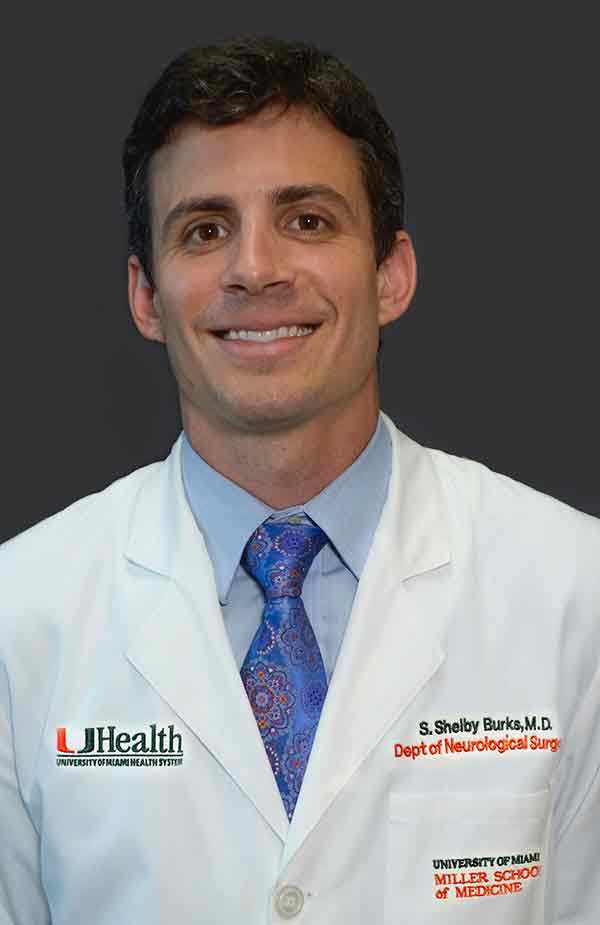Kyphosis Treatment in Miami
When observed from a lateral perspective, the spine displays numerous natural curves. The natural curve of the thoracic spine is referred to as kyphosis. This also describes an unusual curvature or rounding of the upper back, as well as a flattening of the natural curve or lordosis of the lumbar spine. Abnormal kyphosis may result from scoliosis, degenerative disease, vertebral compression fractures, prior surgery, or trauma.
Mild kyphosis typically does not cause significant issues, but severe kyphosis can lead to a humpback-like deformity or pitch the patient forward into an uncomfortable posture, causing discomfort when standing or walking. Depending on the severity and other factors determined by a specialized physician’s assessment, a range of kyphosis treatment options is available.
Causes of Kyphosis
Common causes of Kyphosis include the following:
Osteoporosis
The condition of joints can make one vulnerable to compression fractures of the vertebrae, leading to Kyphosis.
Scheuermann’s Disease
The condition causes adjacent vertebrae to wedge together, resulting in Kyphosis.
Spondylolisthesis
A vertebra may slip forward to an adjacent vertebra, resulting in misalignment. It also causes spinal nerves to entangle. In most cases, this condition may be congenital (present at birth). Sometimes, it may also develop in early childhood or adulthood.
Disc Degeneration
Aging causes loss of moisture in vertebral discs and shrinkage, leading to Kyphosis.
Other causes include:
- Spinal injury.
- Inherited Disorders, including muscular dystrophy and neurofibromatosis.
- Birth Defects such as Spina Bifida.
- Infections such as tuberculosis and polio.
Diagnosis
The process of diagnosis includes the following:
History – The doctor will take a brief history of the patient to understand the symptoms and causes. These include enquiries on family history, history of present symptoms, and past medical history (such as conditions, treatment, and spinal surgery in the past).
Detailed Physical Examination – It helps evaluate the movement of the spine, overall muscular strength, and sensation. This is important to make a proper diagnosis and rule out other similar conditions.
Diagnostic Tests – The doctor may instruct some diagnostic tests, such as an MRI scan, X-rays, and a CT scan. These help understand and evaluate the structure of the spine and measure the curve. A CT scan and an MRI help detect abnormalities of the nerve and spinal cord.
Treatment Options for Kyphosis
There are a number of treatment options for adult kyphosis. These range from traditional methods to the correction of the spine surgically. Doctors prefer prescribing a conservative treatment line as the first choice. It involves medications and exercises. Patients are also advised to wear casts and support braces for the spine.
Osteoporosis is known to be one of the major causes of kyphosis. The doctor will prescribe the following for slowing down the progression of osteoporosis:
- Vitamin D
- Calcium supplements
- Hormone replacement therapy
- Regular exercises

